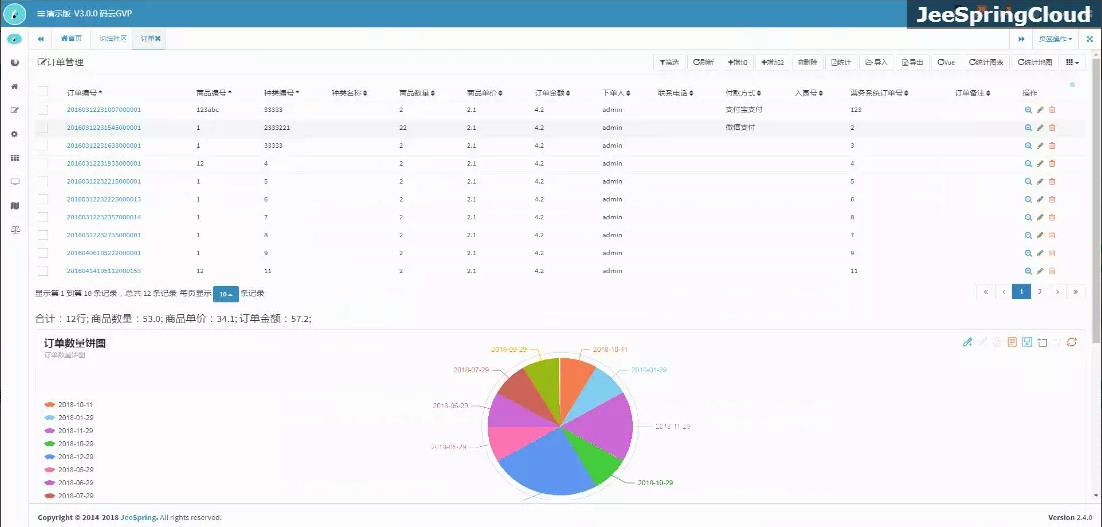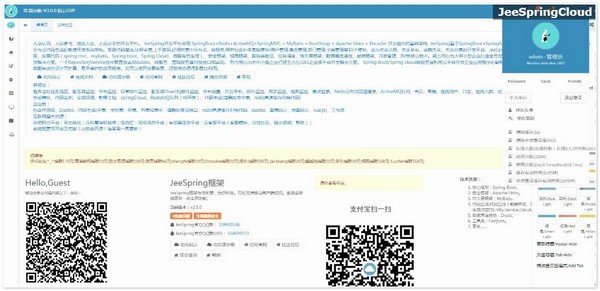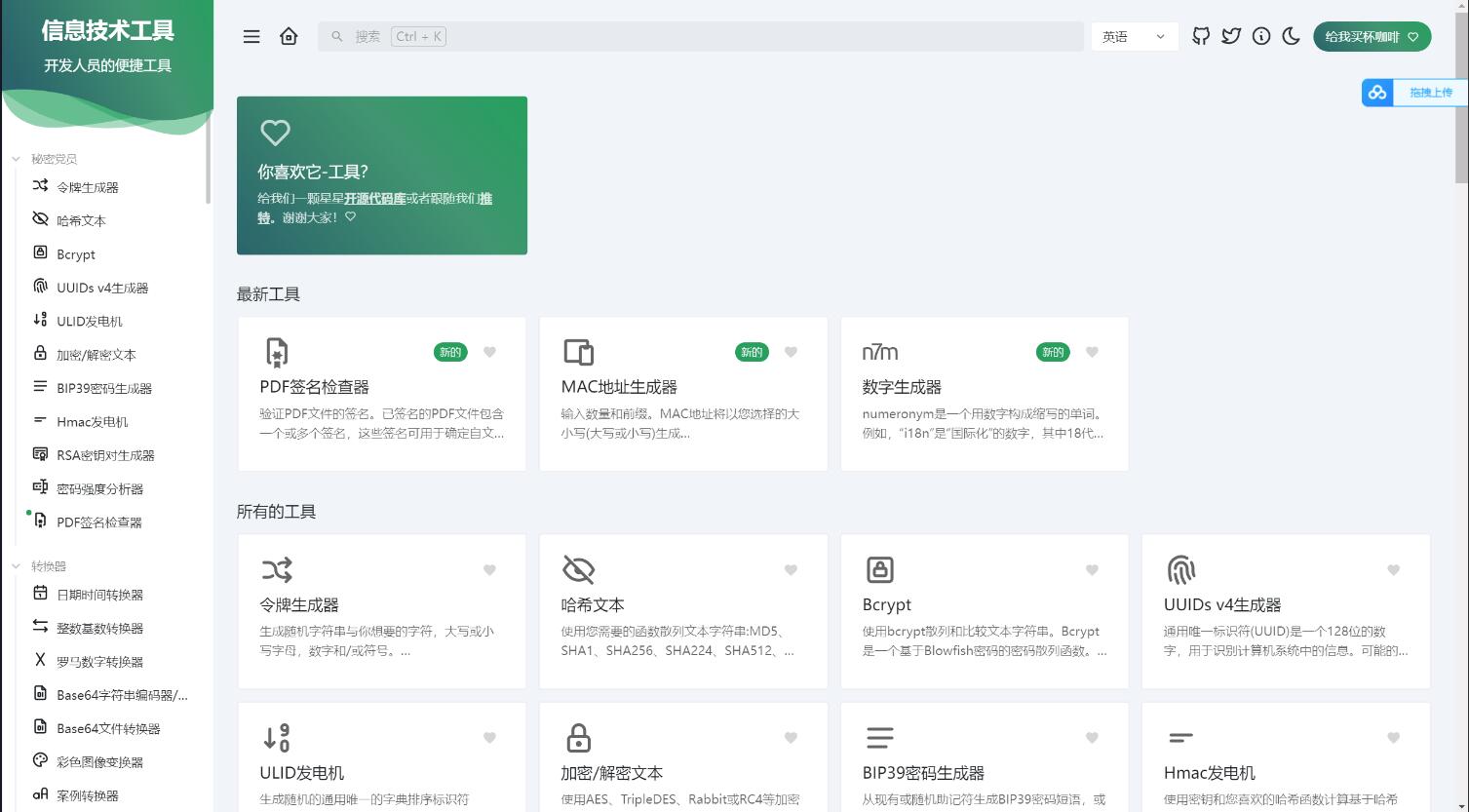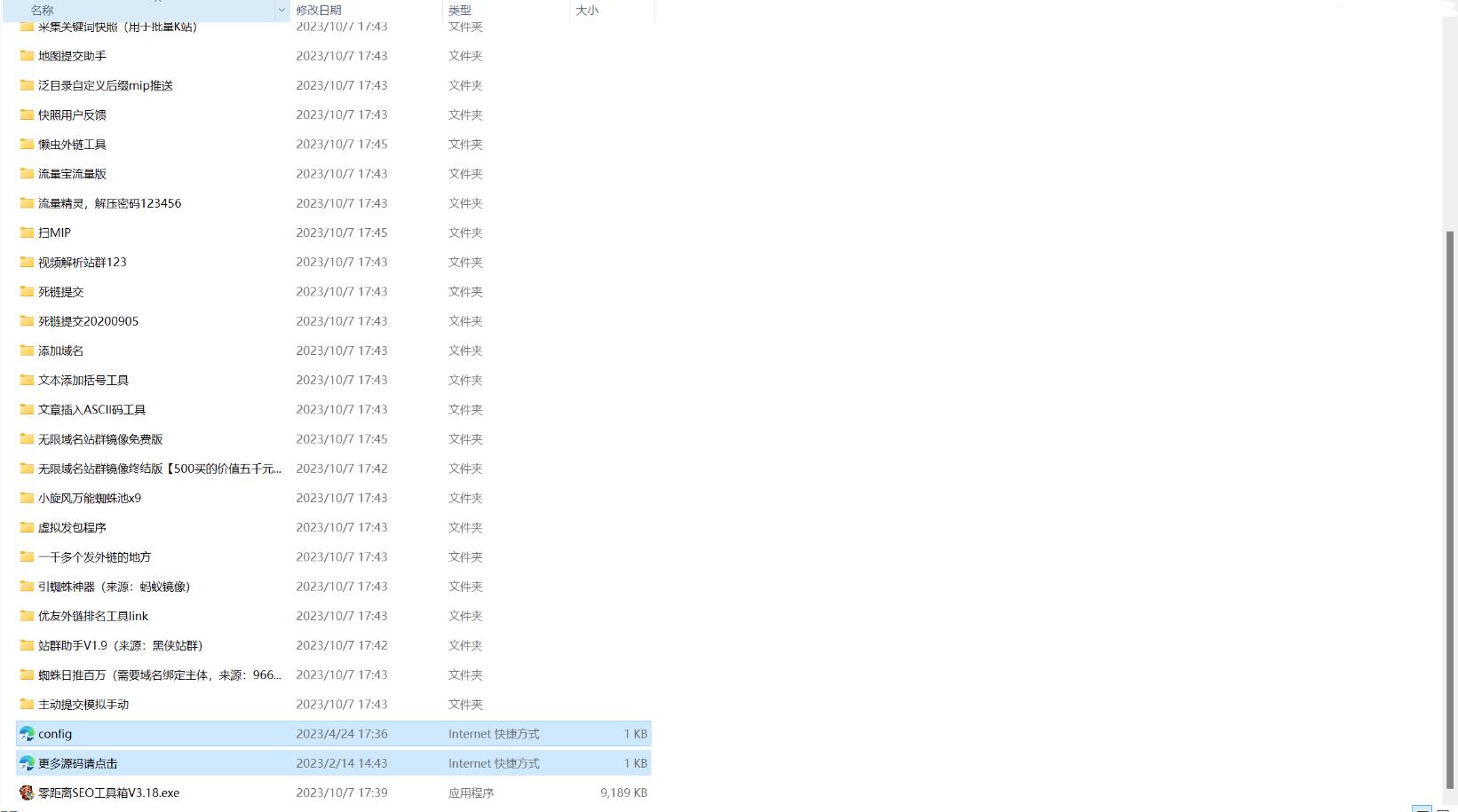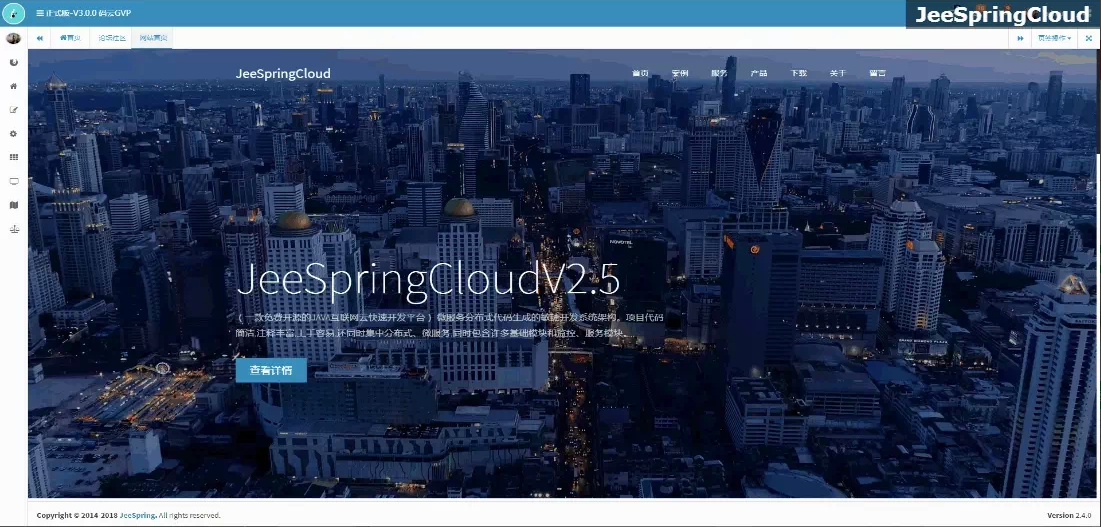
Source code introduction and installation instructions:
JeeSpringCloud is a back-end rights management system based on SpringBoot2.0, with a simple and beautiful interface and an agile development system architecture. The core technology adopts Spring, MyBatis, and Shiro without any other heavy reliance. Internet cloud rapid development framework, agile development system architecture for micro-service distributed code generation. The project code is concise, rich in annotations, and easy to use. It also centralizes distributed and microservices, and contains many basic modules, monitoring and service modules. Modules include: scheduled task scheduling, server monitoring, platform monitoring, platform settings, development platform, single sign-on, Redis distributed cache, membership, marketing, online users, logs, online number of people, visits, calls, direct clustering, interface documents, generation modules, code instances, installation videos, tutorial document code generation (single table, main schedule, tree table, list and form, redis cache docking code, chart statistics, map statistics, vue.js), dubbo, springCloud, SpringBoot, mybatis, spring, springmvc.
function
User management: Users are system operators, and this function mainly completes system user configuration.
Department management: Configure the system organization (company, department, group), and display supporting data permissions in a tree structure.
Position management: Configure the positions held by system users.
Menu management: Configure system menus, operation permissions, button permissions, etc.
Role management: Role menu authority allocation and setting role are divided into data range authority by organization.
Dictionary management: Maintain some relatively fixed data that is often used in the system.
Parameter management: dynamically configure common parameters for the system.
Notification announcement: System notification announcement information is released and maintained.
Operation log: Log and query normal system operation; log and query system exception information.
Login Log: The system login log record query contains login exceptions.
Online users: Monitoring the status of active users in the current system.
Scheduled tasks: Online (add, modify, delete) task scheduling includes execution result logs.
Code generation: Generate front and back code (single table, main schedule, tree table, list and form, add, delete and change cloud interface, redis cache docking code, chart statistics, map statistics, vue.js), and generate menus and permissions for direct use.
System interface: Automatically generate relevant api interface documents based on business codes.
Connection pool monitoring: Monitor the current system database connection pool status, and analyze SQL to find system performance bottlenecks.
Online interface documentation: Use swager to generate online documentation.
ActiveMQ Queue: Provides ActiveMQ queues to handle batch sending of large-data emails and large-data log files.
Workflow: Functions include online office, my tasks, approval testing, process management, and model management.
CMS: Functions include content management, content management, statistical analysis, column settings, and home page.
dubbo: Code generation directly generates dubbo docking code.
Server Down machine email monitoring: Monitor whether the server is Down through scheduled tasks and send notification emails.
Server monitoring: Graphical server monitoring through sigar.
Exception email monitoring: Globally intercepts system exceptions and sends notification emails.
Single sign-on: Use shior, Redis, and shared session methods to achieve single sign-on.
Redis distributed caching: Code generation directly generates Redis docking code.
Characteristics:
JeeSpringCloud is an agile development system architecture based on SpringBoot+SpringMVC+Mybatis+Redis+SpringCloud+ Vue.js microservice distributed code generation. The project code is concise, rich in annotations, and easy to use. It also centralizes distributed and micro-services. It also contains many basic modules (10 modules including user management, role management, department management, dictionary management, etc.) Become a development platform for public recognition, public participation, public achievement, and public sharing. JeeSpring official qq group (328910546). Code generation front-end interface, underlying code (spring mvc, mybatis, Spring boot, Spring Cloud, microservice generation), security framework, view framework, server-side verification, task scheduling, persistence layer framework, database connection pool, caching framework, log management, IM and other core technologies. Strive to create a comprehensive J2EE enterprise-level platform ORM/Redis/Service warehouse development solution for large, medium and large enterprises. A RepositoryService warehouse directly implements the docking interfaces and implementation of dubbo, microservices, and basic servers.
Strive to create a comprehensive J2EE enterprise-level platform development solution for large, medium and large enterprises.
Spring Boot/Spring cloud microservices are the latest technology for developing enterprise applications using cloud platforms. They are small, lightweight and process-driven components. Microservices are suitable for designing scalable and easy-to-maintain applications. It can make development easier and make the best use of resources.
Microservices/clusters (nignx) support REST-style remote calls (HTTP + JSON/XML): Based on the very mature Spring Boot framework, REST-style (HTTP + JSON/XML) remote calls are implemented in the Spring Boot Spring Cloud to significantly simplify cross-language interactions within the enterprise, and at the same time significantly simplify the development of external Open APIs, wireless APIs and even AJAX servers.
In fact, this REST call also allows Dubbo to provide basic support for today's particularly popular "microservices" architecture. In addition, REST calls have also achieved relatively high performance. Under the benchmark test, the gap between the default RPC protocol of HTTP + JSON (i.e. TCP + Hessian2 binary serialization) is only about 1.5 times. See the benchmark report below.
ORM/Redis/Service Warehouse
RepositoryORM repository provides ORM interfaces and multiple implementations, which can be configured and implemented.
RepositoryRedis repository provides Redis interfaces and multiple implementations, which can be configured and implemented. You can configure and call stand-alone, redis, and cloud redis docking.
RepositoryService warehouse provides Service interfaces and multiple implementations, which can be configured and implemented. A RepositoryService warehouse directly implements the docking interfaces and implementation of dubbo, microservices, and basic servers.
